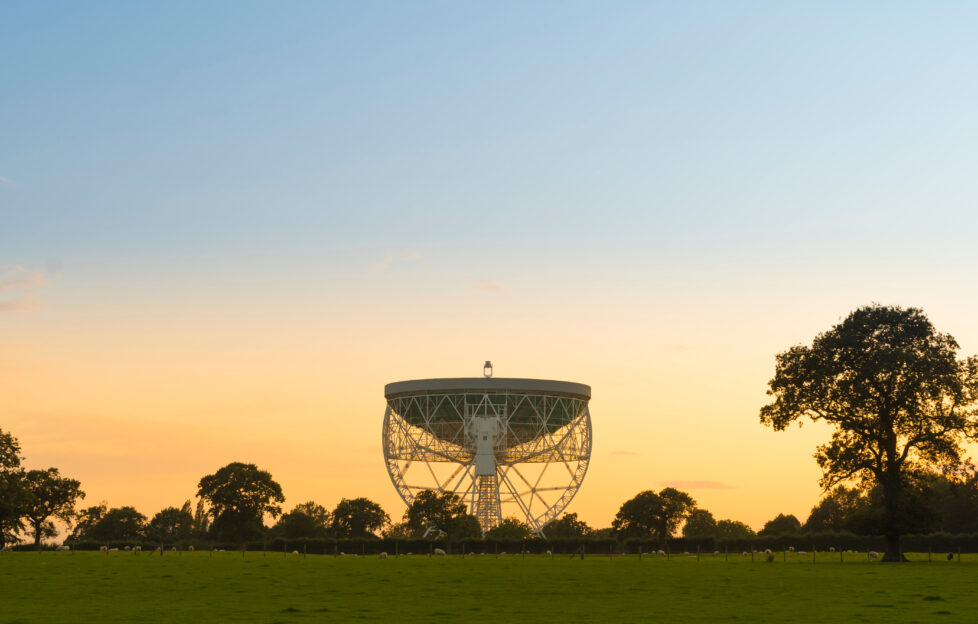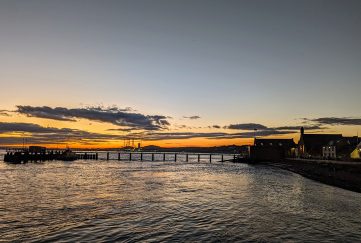Out-Of-This-World Facts About Jodrell Bank!

In this week’s issue we’re celebrating 65 years of the Lovell Telescope at Jodrell Bank. Here are some out-of-this-world facts about this iconic piece of scientific wonder!
Jodrell Bank occupies a quiet site just outside Manchester and is of huge scientific importance. It’s also a beautiful place to visit as there a number of walks and a beautiful open spaces.
Jodrell Bank facts
Jodrell Bank Observatory was established in 1945 by Bernard Lovell, a radio astronomer from Manchester University. After his work on radar during the Second World War, he wanted to use the main radio telescope to investigate cosmic rays.
The main telescope is the Lovell Telescope and it’s been quietly observing the depths of space since 1957. Bernard Lovell worked with engineers to create the famous telescope. It was by far the largest in the world when it was completed in 1957 at 76m.
Within days, it tracked the rocket that carried the first artificial satellite placed in orbit around the Earth called Sputnik 1. The satellite was placed into orbit by the Russians and the Space Race was on!
A key player in the space race, the observatory has made a unique contribution, including capturing the moment when the Eagle lander, carrying Neil Armstrong and Buzz Aldrin, touched down on the surface of the Moon in 1969. It was the only location in Europe that was able to do this. In fact, Russia asked them to verify the Moon landings as they desperately hoped the USA would fail in their lunar attempts.
It was little known at the time but on the same day as Apollo 11’s Eagle Lander touched down on the Moon, a Russian unmanned spacecraft called Luna 15 was orbiting the Moon. The Jodrell Bank Observatory listened in as the Luna 15 crash-landed on the Moon. This was just hours before the American’s lifted off from the Moon’s surface on their way back to Earth.
Bernard Lovell was fascinated by trees, and founded the arboretum. The Arboretum, located on the grounds of the Jodrell Bank Discovery Centre, is a lovely family-friendly place and is a must-see if you’re at Jodrell Bank.
The Really Cool Science Bit!
The Lovell Telescope played a major part in the discovery of quasars.
What the devil are quasars, you ask? Well, we’ll help you understand this scientific breakthrough. The word quasar stands for quasi-stellar radio source. Quasars got that name because they looked star-like when astronomers first began to notice them in the late 1950s and early 60s. Quasars are similar to gamma rays, but are not quite the same.
When a dying star collapses inwards under the pressure of its own weight, it’s called a black hole. It’s a massive vacuum, which sucks everything near it in including other stars and planets.
Quasars are a product of energy and light that is produced by an active black hole at the centre of a galaxy. So now you can impress family and friends with your stellar knowledge!
The cover feature of our latest issue (August 13th) is all about Jodrell Bank. Pick up a copy online or in most major supermarkets and newsagents! To make sure you never miss an issue of the “Friend”, check out our subscription offers.

Read some more space-related blogs.





